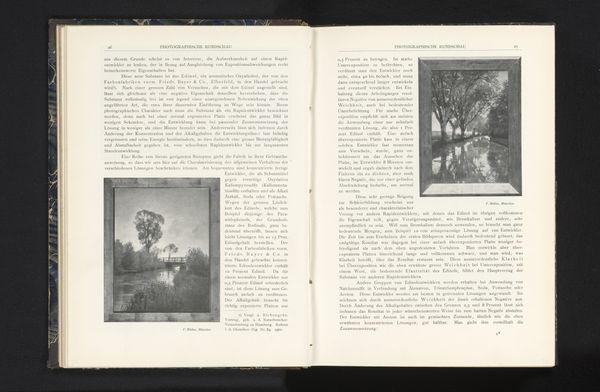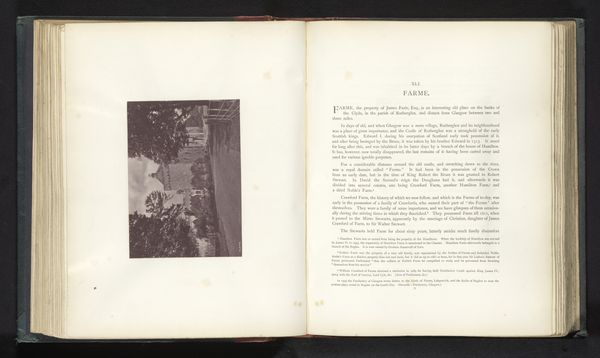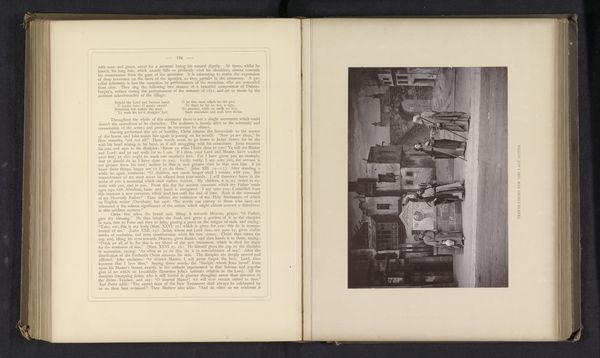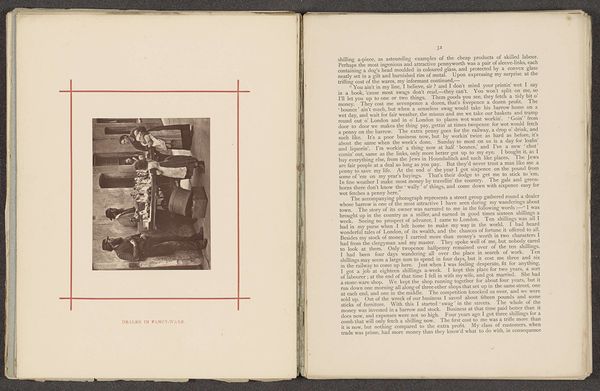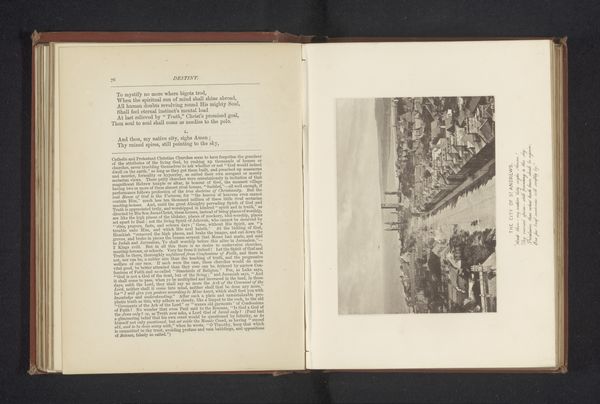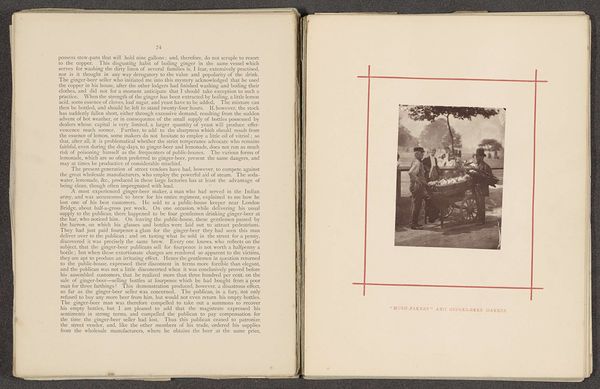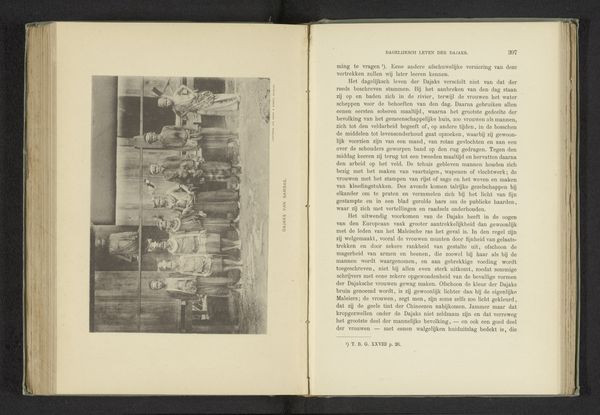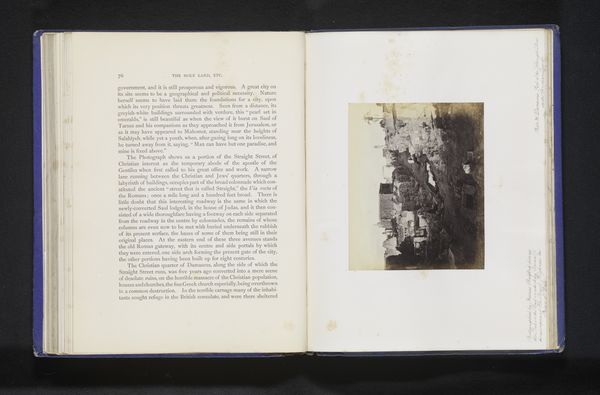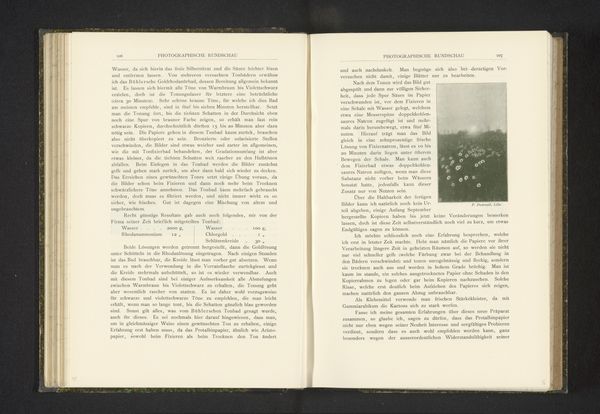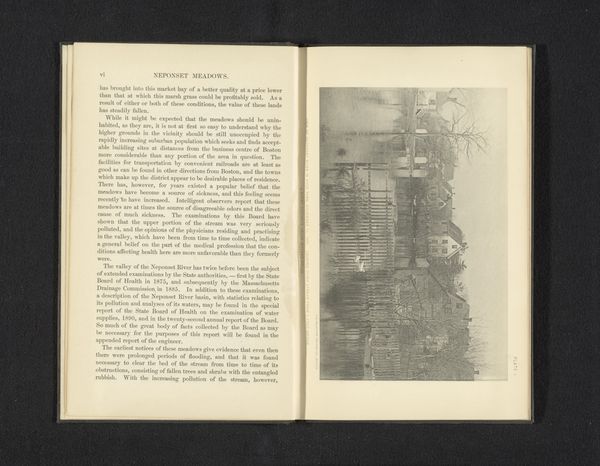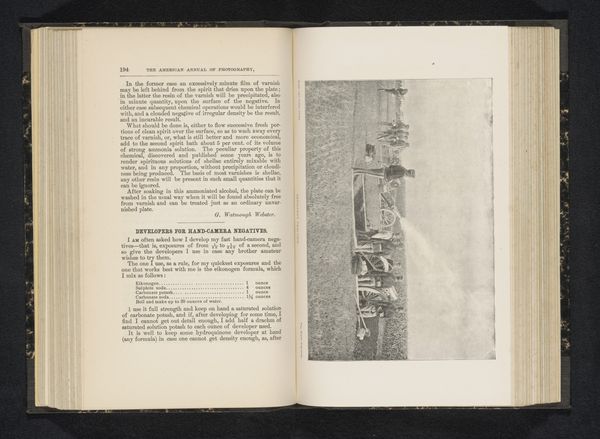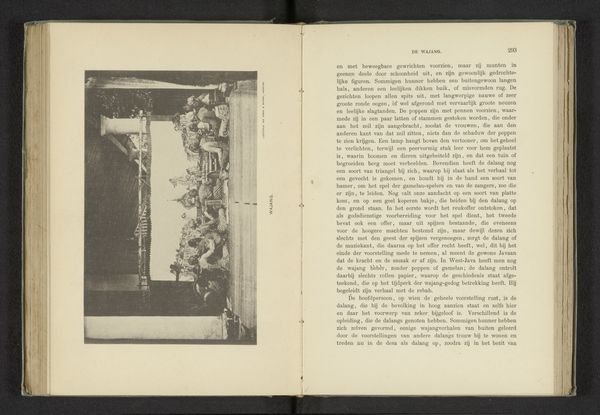
print, photography, gelatin-silver-print
# print
#
landscape
#
photography
#
orientalism
#
gelatin-silver-print
Dimensions: height 108 mm, width 152 mm
Copyright: Rijks Museum: Open Domain
Curator: Here we have a fascinating gelatin-silver print from around 1892. T.A. Pope captured this scene titled "Tempel in Hooghly in India," an example of early photographic orientalism. Editor: There's an air of quietude about this image. The soft focus and silvery tones give the temple a sense of otherworldliness. Almost as though it is fading from memory. Curator: The printing process itself is worth considering. Gelatin silver prints, dominant in the late 19th century, involved coating paper with light-sensitive silver halides. This allowed for sharper details compared to earlier methods, enabling wider circulation through printed journals such as the one this photo comes from. The production process and distribution network add a layer to the artwork’s interpretation. Editor: Agreed. I’m particularly drawn to the way the temple is framed—the trees act as visual anchors. The dark foliage contrasts against the bright, almost ethereal, architecture. The photograph’s symbolism alludes to cultural encounters. We see what, for the British photographer, would be an unfamiliar sacred place presented as an exotic vista for consumption. Curator: Precisely. The composition, although seemingly straightforward, highlights the photographer's engagement with the visual vocabulary of the "Orient," catering to a Western audience keen to see idealized or picturesque representations of India. It underscores the relationship between photographic technology, colonialism, and the creation of cultural narratives through mass media. Editor: And isn’t it intriguing how the light emphasizes the height of the temple structures? It suggests a connection between the earthly realm and the celestial. These symbols can be powerful signifiers of belief and cultural identity. Also, the scale, or lack of, humans reminds the viewer of our relative place within it all. Curator: I find your focus on cultural identity fascinating. Analyzing such images helps us to decode not just what was photographed but also the underlying motivations, societal biases, and technological limitations of that specific moment in time. It’s more than simply what meets the eye. It is what the materials, the choices, and the method represent when you consider colonial power. Editor: That tension between documentary evidence and idealized representation certainly makes you contemplate how cultural heritage is perceived across the globe. Curator: Agreed, there is value in how all of this affects that which we deem historical record, whether of process or cultural symbols.
Comments
No comments
Be the first to comment and join the conversation on the ultimate creative platform.
